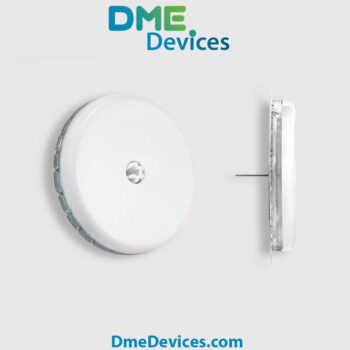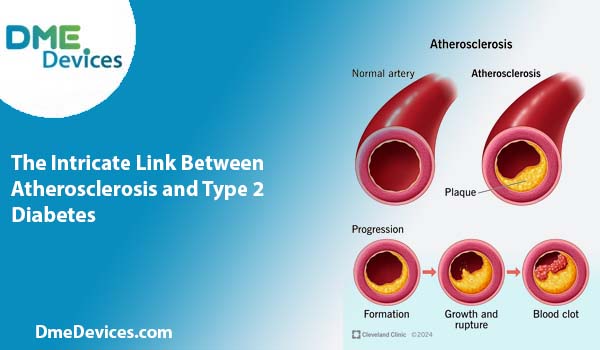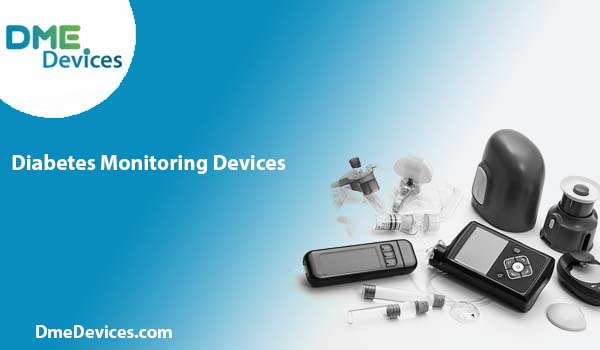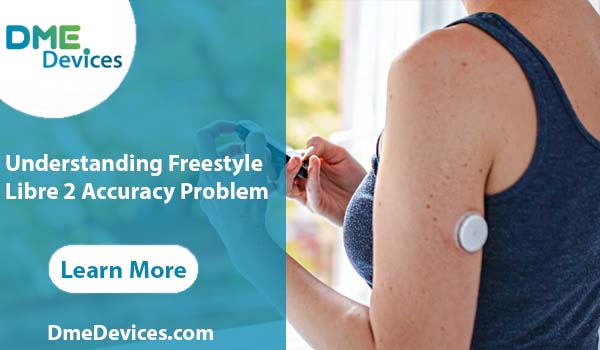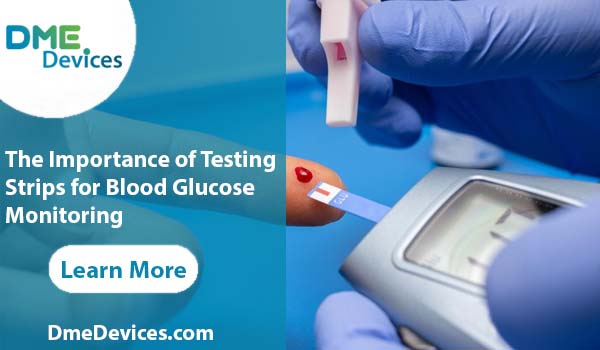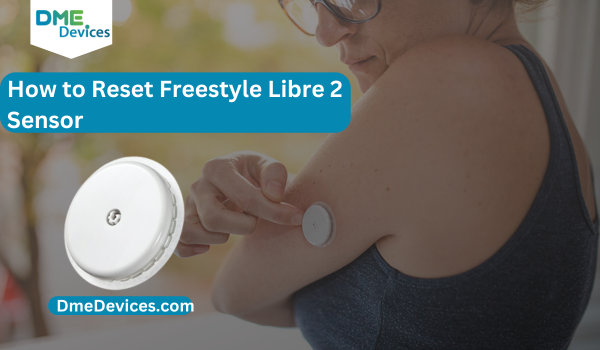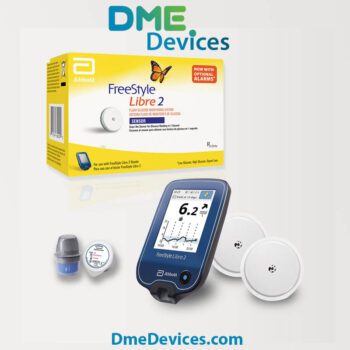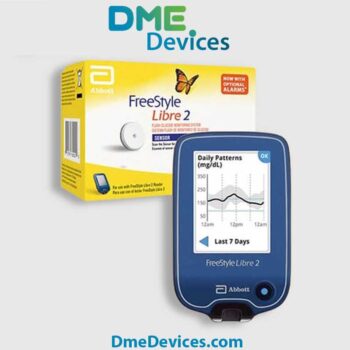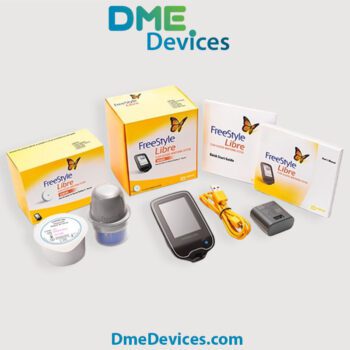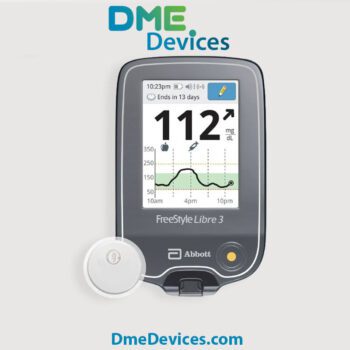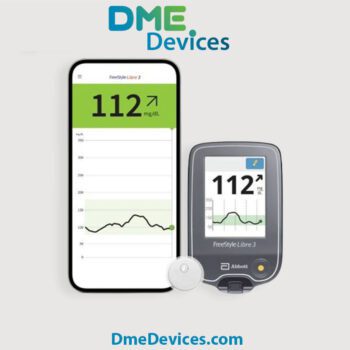Introduction
Diabetes is a complex metabolic disorder that affects millions of individuals worldwide, and its prevalence continues to rise at an alarming rate. Among the various treatment options available, Metformin remains a cornerstone therapy for individuals with type 2 diabetes mellitus (T2DM). This widely prescribed medication has been proven effective in managing blood glucose levels, but its efficacy can be compromised by certain dietary choices. To maximize the benefits of Metformin and minimize potential side effects, diabetic patients must understand the foods that should be avoided while taking this medication.
This comprehensive guide aims to explore the foods that should be avoided while taking Metformin, the rationale behind these recommendations, and practical strategies for optimizing diabetes management through dietary modifications. By understanding the interplay between Metformin and specific food groups, individuals with T2DM can make informed decisions and achieve better glycemic control.
What is Metformin?
Metformin, a biguanide-class medication, has been a mainstay in treating T2DM for several decades. Unlike other diabetes medications that directly stimulate insulin production, Metformin reduces glucose production in the liver (hepatic gluconeogenesis) and increases insulin sensitivity in muscle and fat tissues. This unique mechanism of action makes Metformin an attractive option for individuals with T2DM, as it does not increase the risk of hypoglycemia (low blood sugar) associated with some other medications.
Metformin's Mechanism of Action
While the exact mechanism of action of Metformin is not entirely understood, recent studies have shed light on its metabolic effects. Metformin has been shown to alter cellular energy metabolism, enhancing glucose consumption from the blood. Additionally, it opposes the action of glucagon, a hormone that promotes the release of glucose from the liver, further contributing to reducing blood glucose levels.
Metformin's ability to improve insulin sensitivity and decrease hepatic glucose production has made it a cornerstone therapy for T2DM. However, its effectiveness can be influenced by various factors, including dietary choices, so understanding the foods to avoid while taking Metformin is crucial for optimal diabetes management.
Foods to Avoid While Taking Metformin
Excessive Sodium (Salt) Intake
Excessive sodium intake is a common dietary concern for individuals with T2DM, as it can contribute to fluid retention and increased blood pressure. High sodium levels can also reduce the absorption of Metformin, consequently diminishing its effectiveness in managing blood glucose levels. According to the American Diabetes Association (ADA), individuals with diabetes should limit their daily sodium intake to no more than 2,300 milligrams.
Avoiding processed and pre-packaged foods, often high in sodium, is essential to achieve this goal. Instead, individuals should choose fresh, whole foods and use herbs and spices instead of relying on salt to flavour their meals. Additionally, reading food labels and being mindful of sodium content can help individuals make informed choices and maintain a low-sodium diet while taking Metformin.
Alcohol Consumption
Consuming alcohol while taking Metformin increases the risk of developing lactic acidosis, a rare but severe complication. Lactic acidosis occurs when lactic acid accumulates in the bloodstream, leading to a potentially life-threatening condition characterized by symptoms such as weakness, fatigue, muscle pain, difficulty breathing, abdominal discomfort, and hypothermia.
The risk of lactic acidosis is particularly heightened in individuals with liver or kidney disease, as these organs play a crucial role in eliminating lactic acid from the body. Additionally, alcohol consumption can directly impair liver function, further increasing the risk of lactic acidosis in individuals taking Metformin.
To reduce the risk of this severe complication, it is recommended that individuals taking Metformin limit or avoid alcohol consumption altogether. If alcohol consumption is desired, it is essential to discuss the potential risks and appropriate precautions with a healthcare provider.
High-Fiber Foods
While a high-fibre diet is generally recommended for individuals with T2DM due to its potential benefits in regulating blood sugar levels and promoting weight management, it is advisable to avoid high-fibre foods at least two hours before and after taking Metformin. This precaution is necessary to ensure proper medication absorption.
High-fibre foods, particularly those rich in insoluble fibre like whole grains, nuts, seeds, and certain vegetables, can interfere with the absorption of Metformin in the gastrointestinal tract. This interference can reduce the medication's effectiveness in managing blood glucose levels. However, soluble fibre found in foods like oatmeal, apples, citrus fruits, and beans is less likely to cause interference and can be consumed safely while taking Metformin.
To maintain a balanced diet and ensure optimal absorption of Metformin, individuals should consult with a healthcare professional or a registered dietitian. They can provide guidance on appropriate meal timing and fibre intake while taking Metformin.
Chocolate
While chocolate may be a beloved treat for many, it should be avoided or consumed in moderation while taking Metformin. This recommendation stems from two primary concerns: caffeine and the high sugar content in chocolate.
Caffeine, a stimulant found in chocolate, can increase the risk of developing lactic acidosis when combined with Metformin. As mentioned earlier, lactic acidosis is a rare but severe complication that can occur with Metformin use, particularly in individuals with underlying liver or kidney disease.
Chocolate is frequently high in sugar, which can make it more difficult for individuals with type 2 diabetes mellitus (T2DM) to effectively manage their blood sugar levels. Consuming excessive amounts of sugar can lead to rapid increases in blood glucose levels, potentially undermining the effectiveness of Metformin and other diabetes medications. The sudden spikes in blood sugar triggered by high sugar intake can counteract the blood glucose-lowering effects of these medications, making it more difficult for individuals with diabetes to maintain stable and healthy blood sugar levels.
While occasional indulgence in small portions of chocolate may be acceptable for some individuals, it is essential to discuss appropriate serving sizes and potential risks with a healthcare provider, particularly for those who have difficulty managing their blood sugar levels or have concerns about lactic acidosis.
Grapefruit
Grapefruit and its juice should be avoided while taking Metformin due to the potential for drug interactions. Grapefruit juice has been shown to enhance the accumulation of Metformin in the liver, potentially increasing the risk of lactic acidosis and other adverse effects.
This interaction occurs because grapefruit juice contains compounds that can inhibit certain enzymes involved in the metabolism and eliminate Metformin from the body. As a result, the levels of Metformin in the bloodstream can become elevated, potentially leading to toxic accumulation and an increased risk of side effects, including lactic acidosis.
Individuals taking Metformin should avoid consuming grapefruit or its juice to prevent this potentially dangerous interaction. It is also advisable to consult with a healthcare provider before consuming other citrus fruits, as some may have similar effects on drug metabolism and elimination.
Foods that Cause Diarrhea with Metformin
While Metformin is generally well-tolerated, some individuals may experience gastrointestinal side effects, such as diarrhea, vomiting, and stomach upset. Certain foods can exacerbate these side effects when combined with Metformin, making identifying and avoiding them important.
Fatty Foods
Fatty foods, particularly those high in saturated and trans fats, can slow down the absorption of Metformin and enhance its laxative effects, increasing the risk of diarrhea. Fats can delay gastric emptying and intestinal motility, leading to prolonged exposure of the gastrointestinal tract to Metformin.
To minimize the risk of diarrhea while taking Metformin, individuals should limit their intake of high-fat foods, such as fried foods, fatty cuts of meat, full-fat dairy products, and processed snacks. Instead, they should choose lean protein sources, low-fat dairy options, and healthy fats from avocados, nuts, and olive oil.
Dairy Products
While dairy products can be a valuable source of nutrients for individuals with T2DM, certain high-fat dairy products may exacerbate the gastrointestinal side effects of Metformin. The fat content in dairy products can slow down the absorption of Metformin, leading to prolonged exposure to the medication in the gastrointestinal tract.
To reduce the risk of diarrhoea, individuals taking Metformin should limit their consumption of high-fat dairy products such as whole milk, cream, and full-fat cheese. Instead, individuals with type 2 diabetes mellitus should opt for low-fat or non-fat alternatives, such as skim milk, Greek yogurt, and low-fat cheese varieties.
Artificial Sweeteners
Artificial sweeteners, commonly found in sugar-free and low-calorie foods and beverages, can exacerbate the gastrointestinal side effects of Metformin in some individuals. While the exact mechanisms are not fully understood, it is believed that artificial sweeteners may alter the gut microbiome and intestinal motility, potentially increasing the risk of diarrhea when combined with Metformin.
Common artificial sweeteners to be mindful of include aspartame, sucralose, and saccharin. Individuals taking Metformin who experience diarrhea may consider limiting or avoiding products containing these sweeteners and opting for natural alternatives, such as stevia or monk fruit sweeteners.
High FODMAP Foods
FODMAP also known as Fermentable Oligosaccharides, Disaccharides, Monosaccharides, and Polyols. These are short-chain carbohydrates that can be challenging for the small intestine to properly absorb. They can draw water into the intestines, leading to gas, bloating, and diarrhea.
For individuals taking Metformin who experience diarrhea, it may be beneficial to limit their intake of high FODMAP foods, such as certain fruits (apples, pears, peaches), vegetables (onions, garlic, cauliflower), legumes, and dairy products. A low FODMAP diet, in conjunction with Metformin therapy, may help alleviate gastrointestinal symptoms and improve overall tolerance of the medication.
Coffee
While coffee is a beloved beverage for many, excessive consumption can exacerbate the gastrointestinal side effects of Metformin, including diarrhea. Coffee is a natural laxative, and when combined with the potential laxative effects of Metformin, it can lead to increased intestinal motility and loose stools.
Individuals taking Metformin who experience diarrhea may want to limit their coffee intake or switch to decaffeinated varieties. It is essential to monitor one's response to coffee while on Metformin therapy and make adjustments as necessary to minimize gastrointestinal distress.
Significance of Continuous Glucose Monitoring (CGM) in Avoiding Metformin-Contraindicated Foods
Identifying which foods to avoid while taking Metformin can be a challenging process, as individuals may respond differently to various food and medication combinations. Continuous Glucose Monitoring (CGM) systems offer a valuable tool, providing real-time monitoring of blood glucose levels and revealing the impact of different dietary choices.
CGM devices, such as the Freestyle Libre 3 and Dexcom G7, are compact and easy to wear. They provide accurate glucose readings without the need for frequent finger pricks. By observing the effects of different meals on their blood glucose levels, individuals can better understand which foods should be avoided or consumed in moderation while taking Metformin.
For example, suppose an individual notices a significant spike in blood glucose levels after consuming a particular food or meal. In that case, it may indicate that the food item is incompatible with their Metformin therapy. Conversely, meals that do not cause significant fluctuations in blood glucose levels can be considered safe to include in their diet.
CGM systems let individuals to make informed decision about their health condition and facilitate better communication with healthcare providers. By sharing CGM data, healthcare professionals can provide personalized guidance and adjust medication dosages or dietary recommendations as needed, ensuring optimal diabetes management.
A study published in the Journal of Diabetes Science and Technology found that the use of Continuous Glucose Monitoring (CGM) systems in individuals with type 2 diabetes mellitus (T2DM) resulted in a significant reduction in HbA1c levels (a measure of long-term blood glucose control) compared to those using traditional self-monitoring of blood glucose (SMBG) methods. This highlights the valuable role that Continuous Glucose Monitoring (CGM) systems can play in enhancing glycemic regulation and overall diabetes care.
Conclusion
Metformin, a widely prescribed medication for individuals with type 2 diabetes mellitus, is an effective tool in managing blood glucose levels. However, its efficacy and safety can be influenced by dietary choices. By avoiding excessive sodium intake, alcohol consumption, high-fibre foods, chocolate, and grapefruit, individuals taking Metformin can optimize the medication's absorption and minimize the risk of potential side effects, such as lactic acidosis.
Additionally, certain foods, such as fatty foods, high-fat dairy products, artificial sweeteners, high FODMAP foods, and excessive coffee consumption, can exacerbate the gastrointestinal side effects of Metformin, including diarrhea. Identifying and avoiding these foods can improve overall tolerance and adherence to the medication regimen.
Continuous Glucose Monitoring (CGM) systems offer a valuable resource for individuals taking Metformin, as they provide real-time insights into the impact of dietary choices on blood glucose levels. By observing and analyzing CGM data, individuals can make informed decisions about which foods to avoid or consume in moderation, enabling personalized and effective diabetes management.
It is essential for individuals taking Metformin to collaborate closely with their healthcare providers and registered dietitians to develop a comprehensive diabetes management plan that incorporates appropriate dietary modifications and medication adjustments. By combining Metformin therapy with a mindful approach to nutritional choices and regularly monitoring blood glucose levels, individuals with type 2 diabetes can achieve better glycemic control, minimize potential side effects, and improve their overall health and quality of life.



